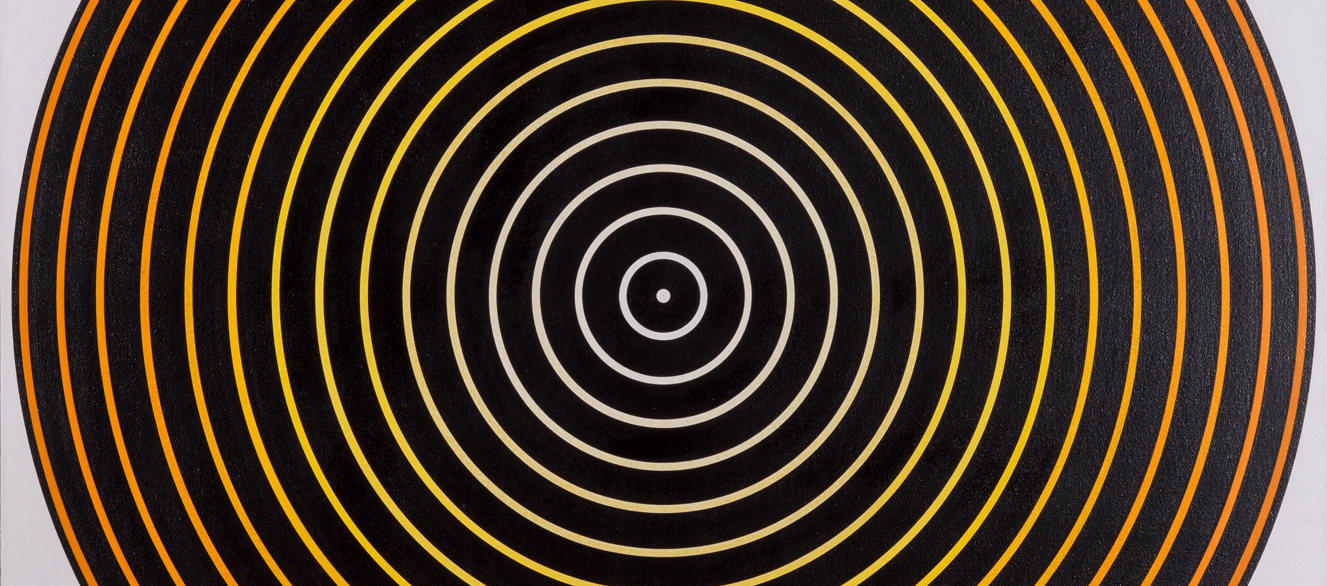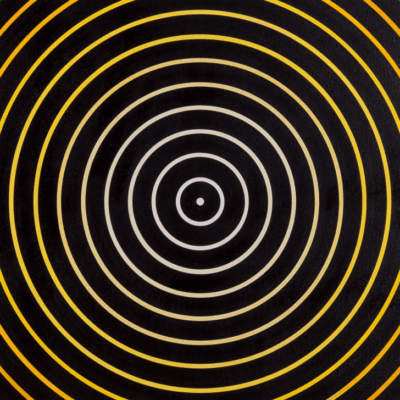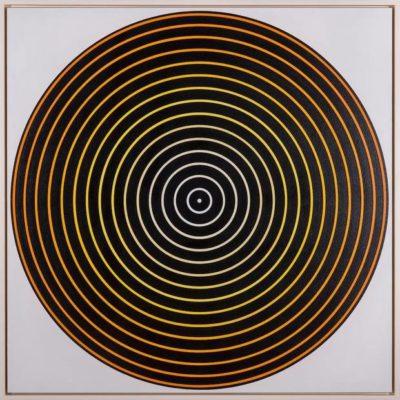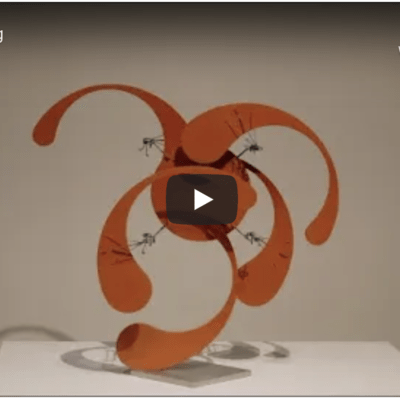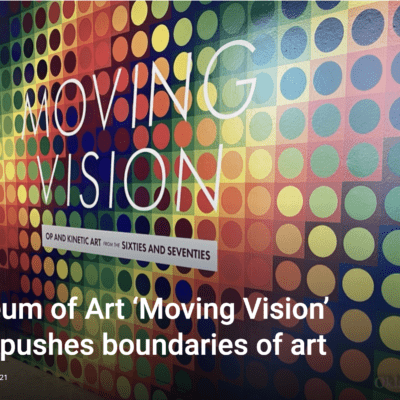Beginning around the middle of the twentieth century, two separate yet complementary art movements brought something new to plastic, two and three-dimensional forms. In the case of Op art, artists created the perception of movement on a two-dimensional surface; while with Kinetic art, artists experimented with moving three-dimensional forms. This exhibition brings together these two movements to tell the story of artists’ explorations of motion in the 1960s and 70s.
Moving Vision brings together approximately forty works centered around the Museum’s own masterpieces of Op and Kinetic Art, alongside a series of loans from major private collections. The exhibition features all the great names in Op and Kinetic Art—from Alexander Calder and Victor Vasarely to Richard Anuszkiewicz and Fletcher Benton—to a host of lesser-known figures who also deserve to be household names.
Please note: Due to the fragility of some of the works in Moving Vision, nine motorized sculptures operate for a limited amount of time every thirty minutes. Look for the green LED lights at the base of the sculpture to locate the works that are operating. Operating times are staggered so that visitors can see each work in motion during their visit. Videos are also continuously running next to each motorized work. Due to conservation concerns, Fletcher Benton’s Synchronetic R-1000 (Rolling Discs) is not routinely operational.
Credit: Tadasky (Tadasuke Kuwayama) (American, born Japan 1935). C-182 (detail), 1965. Acrylic on canvas. Oklahoma City Museum of Art. Museum purchase with funds from the Beaux Arts Society Fund for Acquisitions and the Pauline Morrison Ledbetter Collections Endowment, 2016.064, © Tadasuke Kuwayama
